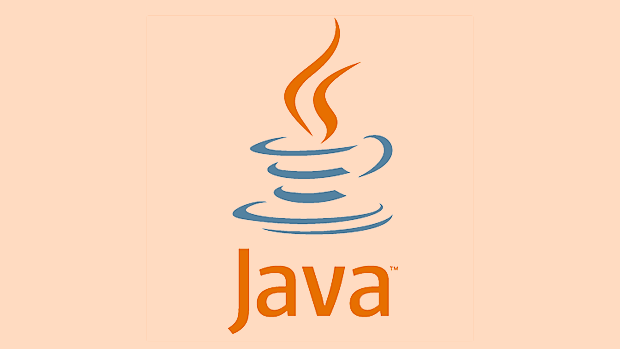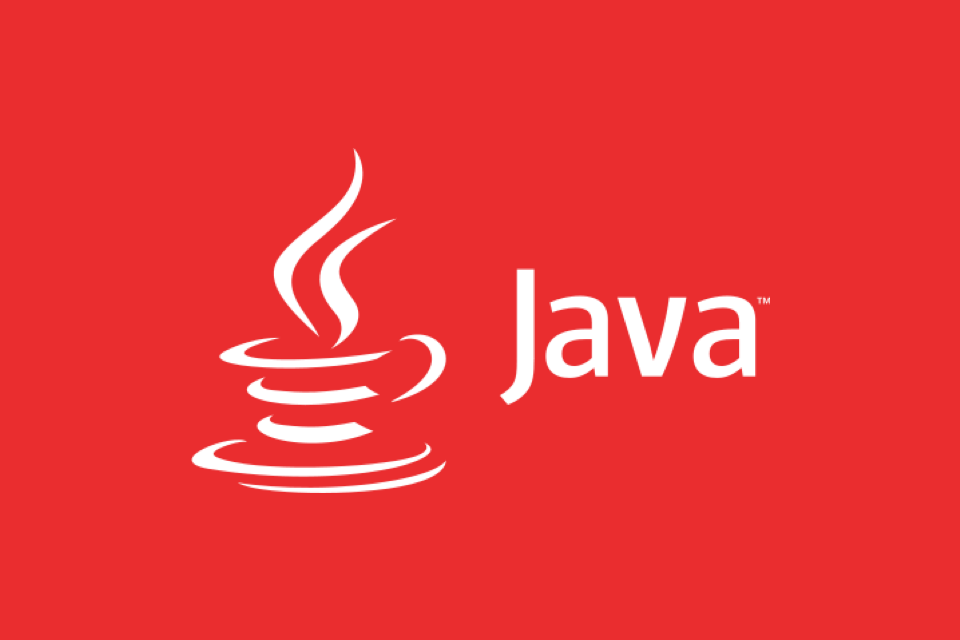Protobuf has clear development steps in Java and is easy to operate. 1. Install the protoc compiler and configure environment variables; 2. Write a .proto file to define the data structure, pay attention to the unique field number; 3. Use protoc to generate Java classes or integrated build tools to automatically compile; 4. Build objects through builder in Java code and implement serialization and deserialization; 5. Pay attention to field update compatibility, avoid frequent modification of proto files, recommend using builder to construct objects, and Protobuf supports multilingual communication. After mastering these key points, you can use Protobuf efficiently.

Developing in Java using Protocol Buffers (Protobuf) is not complicated, but it requires understanding several key steps. Protobuf is a flexible and efficient data serialization protocol suitable for the storage and transmission of structured data. Here are some practical suggestions to help you get started quickly.

1. Install and configure the Protobuf compiler
Before you start, you need to install protoc - this is the official Protobuf compiler. You can download the corresponding system version from the GitHub page of Protobuf .
- Windows User : After downloading the
.zipfile, addprotoc.exeto the system path. - Mac/Linux users : You can install it using a package manager, such as
brew install protobufor manually add paths after decompression.
After the installation is complete, verify whether it is successful:

protoc --version
If the output is similar to libprotoc 3.xx.x , it means that it has been installed.
2. Define the .proto file format
The core of Protobuf is to define the data structure through .proto files. For example, we can create a file named person.proto :

syntax = "proto3";
message Person {
string name = 1;
int32 age = 2;
} This code defines a Person message type, which contains two fields: name and age . Note that the field numbers (such as 1 , 2 ) cannot be repeated and have an impact on the serialization result.
3. Use protoc to generate Java classes
Next, you need to use protoc to compile the .proto file into Java class. Suppose your .proto file is in the current directory, execute the following command:
protoc --java_out=. person.proto
This will generate a PersonOuterClass.java file containing classes and methods that you can use directly.
Note: If your project uses Maven or Gradle, consider using plugins to automatically generate code, which is easier to integrate into the build process.
4. Use Protobuf object in Java code
The generated classes are now available in Java programs. Here is a simple example:
import com.example.Person;
public class Main {
public static void main(String[] args) {
Person person = Person.newBuilder()
.setName("Alice")
.setAge(30)
.build();
// Serialized to byte array byte[] data = person.toByteArray();
// Deserialize back try {
Person parsed = Person.parseFrom(data);
System.out.println(parsed.getName());
} catch (Exception e) {
e.printStackTrace();
}
}
}This example shows the basic process of how to construct objects, serialize, and deserialize.
5. Frequently Asked Questions and Precautions
- Be careful when adding fields : try to use optional fields when adding new fields and keep the original field number unchanged, otherwise compatibility issues may occur.
- Do not modify the proto file structure frequently : especially the proto files that depend on between services after online, please be cautious when making changes.
- Use builder to construct objects : Protobuf's object is immutable, so it is recommended to use
newBuilder()to construct. - Supports multiple languages : Protobuf supports multilingual and is suitable for cross-platform communication, such as exchanging data between Java and Python.
Basically that's it. Although the use of Protobuf in Java involves some toolchain configurations, once it is completed, you can appreciate its advantages in performance and simplicity.
The above is the detailed content of How to work with Protocol Buffers (Protobuf) in Java?. For more information, please follow other related articles on the PHP Chinese website!

Hot AI Tools

Undress AI Tool
Undress images for free

Undresser.AI Undress
AI-powered app for creating realistic nude photos

AI Clothes Remover
Online AI tool for removing clothes from photos.

Clothoff.io
AI clothes remover

Video Face Swap
Swap faces in any video effortlessly with our completely free AI face swap tool!

Hot Article

Hot Tools

Notepad++7.3.1
Easy-to-use and free code editor

SublimeText3 Chinese version
Chinese version, very easy to use

Zend Studio 13.0.1
Powerful PHP integrated development environment

Dreamweaver CS6
Visual web development tools

SublimeText3 Mac version
God-level code editing software (SublimeText3)

Hot Topics
 Difference between HashMap and Hashtable?
Jun 24, 2025 pm 09:41 PM
Difference between HashMap and Hashtable?
Jun 24, 2025 pm 09:41 PM
The difference between HashMap and Hashtable is mainly reflected in thread safety, null value support and performance. 1. In terms of thread safety, Hashtable is thread-safe, and its methods are mostly synchronous methods, while HashMap does not perform synchronization processing, which is not thread-safe; 2. In terms of null value support, HashMap allows one null key and multiple null values, while Hashtable does not allow null keys or values, otherwise a NullPointerException will be thrown; 3. In terms of performance, HashMap is more efficient because there is no synchronization mechanism, and Hashtable has a low locking performance for each operation. It is recommended to use ConcurrentHashMap instead.
 Why do we need wrapper classes?
Jun 28, 2025 am 01:01 AM
Why do we need wrapper classes?
Jun 28, 2025 am 01:01 AM
Java uses wrapper classes because basic data types cannot directly participate in object-oriented operations, and object forms are often required in actual needs; 1. Collection classes can only store objects, such as Lists use automatic boxing to store numerical values; 2. Generics do not support basic types, and packaging classes must be used as type parameters; 3. Packaging classes can represent null values ??to distinguish unset or missing data; 4. Packaging classes provide practical methods such as string conversion to facilitate data parsing and processing, so in scenarios where these characteristics are needed, packaging classes are indispensable.
 How does JIT compiler optimize code?
Jun 24, 2025 pm 10:45 PM
How does JIT compiler optimize code?
Jun 24, 2025 pm 10:45 PM
The JIT compiler optimizes code through four methods: method inline, hot spot detection and compilation, type speculation and devirtualization, and redundant operation elimination. 1. Method inline reduces call overhead and inserts frequently called small methods directly into the call; 2. Hot spot detection and high-frequency code execution and centrally optimize it to save resources; 3. Type speculation collects runtime type information to achieve devirtualization calls, improving efficiency; 4. Redundant operations eliminate useless calculations and inspections based on operational data deletion, enhancing performance.
 What are static methods in interfaces?
Jun 24, 2025 pm 10:57 PM
What are static methods in interfaces?
Jun 24, 2025 pm 10:57 PM
StaticmethodsininterfaceswereintroducedinJava8toallowutilityfunctionswithintheinterfaceitself.BeforeJava8,suchfunctionsrequiredseparatehelperclasses,leadingtodisorganizedcode.Now,staticmethodsprovidethreekeybenefits:1)theyenableutilitymethodsdirectly
 What is an instance initializer block?
Jun 25, 2025 pm 12:21 PM
What is an instance initializer block?
Jun 25, 2025 pm 12:21 PM
Instance initialization blocks are used in Java to run initialization logic when creating objects, which are executed before the constructor. It is suitable for scenarios where multiple constructors share initialization code, complex field initialization, or anonymous class initialization scenarios. Unlike static initialization blocks, it is executed every time it is instantiated, while static initialization blocks only run once when the class is loaded.
 What is the `final` keyword for variables?
Jun 24, 2025 pm 07:29 PM
What is the `final` keyword for variables?
Jun 24, 2025 pm 07:29 PM
InJava,thefinalkeywordpreventsavariable’svaluefrombeingchangedafterassignment,butitsbehaviordiffersforprimitivesandobjectreferences.Forprimitivevariables,finalmakesthevalueconstant,asinfinalintMAX_SPEED=100;wherereassignmentcausesanerror.Forobjectref
 What is type casting?
Jun 24, 2025 pm 11:09 PM
What is type casting?
Jun 24, 2025 pm 11:09 PM
There are two types of conversion: implicit and explicit. 1. Implicit conversion occurs automatically, such as converting int to double; 2. Explicit conversion requires manual operation, such as using (int)myDouble. A case where type conversion is required includes processing user input, mathematical operations, or passing different types of values ??between functions. Issues that need to be noted are: turning floating-point numbers into integers will truncate the fractional part, turning large types into small types may lead to data loss, and some languages ??do not allow direct conversion of specific types. A proper understanding of language conversion rules helps avoid errors.
 What is the Factory pattern?
Jun 24, 2025 pm 11:29 PM
What is the Factory pattern?
Jun 24, 2025 pm 11:29 PM
Factory mode is used to encapsulate object creation logic, making the code more flexible, easy to maintain, and loosely coupled. The core answer is: by centrally managing object creation logic, hiding implementation details, and supporting the creation of multiple related objects. The specific description is as follows: the factory mode handes object creation to a special factory class or method for processing, avoiding the use of newClass() directly; it is suitable for scenarios where multiple types of related objects are created, creation logic may change, and implementation details need to be hidden; for example, in the payment processor, Stripe, PayPal and other instances are created through factories; its implementation includes the object returned by the factory class based on input parameters, and all objects realize a common interface; common variants include simple factories, factory methods and abstract factories, which are suitable for different complexities.






